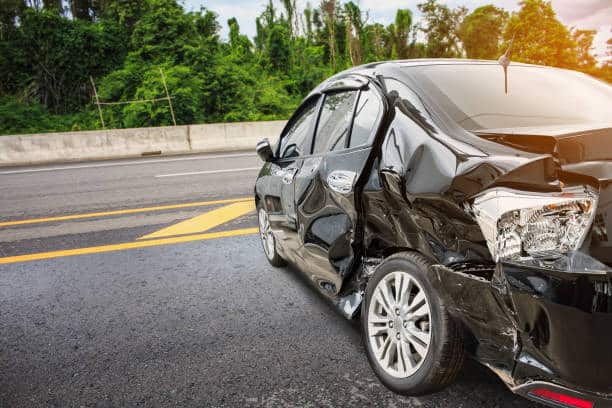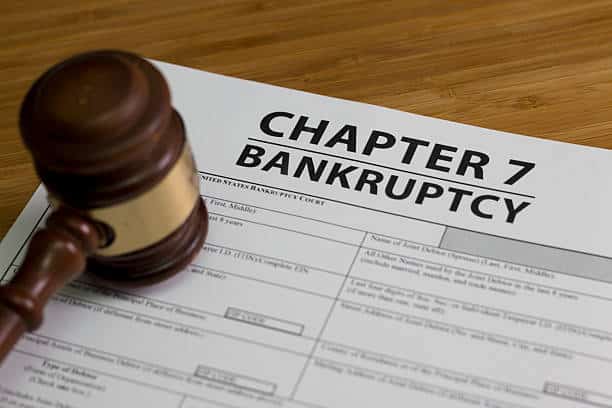Leonhardt’s Launchpads, a Playa Vista-based medtech business accelerator focused on bioelectric and stem cell-based organ regeneration, may have only 12 employees, but it is making a mammoth impact on the world of global health care, nurturing concepts that could mark the end of many of today’s most feared diseases. By Daniel Coats, California Business Journal
Being a business owner is a huge responsibility, but for Howard Leonhardt, founder and CEO of Playa Vista’s Leonhardt’s Launchpads, the decisions he makes can have global implications, impacting millions of lives on all continents.
While his workforce of 12 may seem tiny in comparison to California’s corporate behemoths, Leonhardt’s focus on launching cutting-edge medical technology solutions to regenerate the human body have implications that could forever revolutionize the human lifecycle and medical profession.
Howard Leonhardt, CEO, Leonhardt’s Launchpads His startup, an angel investment business incubator and accelerator, first rose to prominence in the 1990s, with the development of a stent graft that lowered the death rate from aortic aneurysms – the disease that killed Albert Einstein, Lucille Ball and John Ritter.
“We started off with a few employees working out of the bedroom of our house, then we had a small office, and then we took off growing to over 550 employees,” Leonhardt says.
When his company was bought by the medical device giant Medtronic, Leonhardt could have enjoyed an early retirement as a young man. But driven to make a tangible impact on people’s lives, he turned his focus to the use of adult stem cells, which have the potential to create low-toxicity treatments for such leading killers as cancer, heart failure and organ dysfunction.
The first regenerative product developed through the accelerator, Bio-Leonhardt, is a 36-month implantable microstimulator, micro infusion pump and fifteen component stem cell-based composition that promotes heart scar tissue healing through the release of preexisting bodily proteins. Now, 26 other concepts using this same technology are being developed through the innovation accelerator, with the potential to provide solutions to vision and hearing decline and skin and hair care.
“This technology works by sending precise bioelectrical signals that control stem cell homing, differentiation and the release of blood vessel growth and other organ regeneration proteins,” Leonhardt says. “Wherever we point the signal, sequence stem cells flock there, without having to get them from embryos or grow them. We are recruiting them from the patient’s own body, primarily from their bone marrow and fat tissues.”
Diabetic foot and leg ulcers are a growing concern with the rise in the disease’s prevalence, with estimates of as many as 23 million related amputations worldwide in the next decade. Leonhardt’s treatment for this condition is the furthest developed and is slowly growing mainstream with a clinical registry study program at the USC Keck Medical Center starting this year.
“This is the best hope for people who are having to choose between saving their limb or saving their life,” he says.
Leonhardt’s Launchpads startups are preparing to enter clinical trials for skin, hair, breast, eye vision, heart, heart valve, natural pacemaker, brain, liver, pancreas and kidney regeneration.
The company is launching bioelectric therapy studies designed to eradicate cancer tumors at UCLA and the Pacific Neurosciences Institute in Santa Monica. Their patented CancerCell bioelectric therapy reads a cancer tumor and delivers customized bioelectric signals designed to jam their ability to communicate, starve them of blood supply, and get the body’s immune system to attack them and stop their cell division.
Overwhelming optimistic that health care and longevity will flourish in the future, Leonhardt nonetheless recognizes the challenges to innovative treatments such as those he is helping to turn into reality.
“The challenges going forward include raising enough money to get through tests, overcoming the skeptics and fighting the entrenched financial interests that don’t want this to succeed, such as drug companies,” he says.
Howard Leonhardt In coming generations, Leonhardt foresees a transformative medical revolution that pulls together the work they are doing in regenerating individual organs. Entire bodies would be rejuvenated in a chamber that would mimic a mother’s womb. The team believes this device, dubbed the BioLeonhardt Whole Body Regeneration Chamber, could eliminate the need for many surgeries, drugs and invasive treatments.
“Within 30 years, we believe this is going to be a very important standard of care obsoleting substantially the need for most chronic drugs, artificial implant devices, transplants, hospitals, doctors, nurses and even health insurance companies,” he says.
Though Leonhardt does not have hopes of achieving immortality, he believes that average human lifespans will skyrocket from the 80s to the 120s within a few generations. But more importantly, quality of life will improve, so that octogenarians would have the same vigor as today’s 65-year-olds.
Integral to the drive that keeps Leonhardt going is his strong belief in the power of innovation – even if it sometimes yields unanticipated results.
A born inventor, his childhood hero was Thomas Edison and, while he focused his higher education on business and international trade, he always had a strong science and medical orientation.
“I am a big advocate of innovation as a process of doing. Learning by trial and doing experiments again and again and constantly failing and trying again,” he says. “In the process of doing this, some of our failures can become the greatest innovations, such as attempting a signal to multiply stem cells that resulted in a cancer breakthrough even though the result was the opposite – it stopped cell division.”
Today, the result, known as CancerCell, may be Leonhardt’s greatest legacy.
While Leonhardt’s Launchpads has only a dozen employees in California and Utah, it has a team of more than 140 research partners, advisors, mentors and board members who oversee such diverse functions as regulatory affairs, clinical trials, patents, pre-clinical research, legal advising and website maintenance.
The group is also led by a scientific advisory board and collaborative research team comprised of more than 35 leading scientists and clinicians in regenerative medicine.
Recognizing that many of the liquid assets in the U.S. are in retirement accounts, which are usually invested in more stable, established companies, Leonhardt has found that transferring actionable concepts to major firms such as Medtronic, St. Jude Medical, Edwards, Abbott Vascular, Johnson & Johnson or Boston Scientific makes the process effective.
“We get patents and do testing, first on small animals, then on large animals, then on humans. After we complete the first human clinic trials, we seek to secure a strategic partner or buyer,” Leonhardt says. “We focus on the innovation part. Our strategy is to build the support of opinion leaders. They only endorse us if the data backs us up. We believe that if a critical mass of opinion leaders are endorsing us for the next best therapy, the business side works out.”
Leonhardt has this advice for those who want to make a difference in the medical revolution: “If you work hard at something that you believe in, it doesn’t feel as much like work. I believe there is a special place for innovators and creators. There is a saying that it is better to be a lion for a day than being a sheep for a lifetime. I totally believe that. It is better to fail at what your passion is than to spend a lifetime succeeding at living someone else’s life.”
Leonhardt’s passion for heath care innovation stems from an experience he had as a young professional. Dr. Barry Katzen, chief of the Miami Cardiac and Vascular Institute, called him at home in the middle of the night to tell him that there was a critically ill patient with a partial aortic rupture in Austria and the medical team believed that Leonhardt’s patented device was the best chance to save the patient. Leonhardt got on a 6 a.m. flight and hard carried his stent graft invention to Austria. When he got to the hospital, the team had difficulty getting the implant into position but eventually prevailed.
Dr. Mendel, the local physician, asked Leonhardt to follow him to the waiting room where the patient’s wife and daughter had been for the past 12 hours. They looked exhausted and worried. Dr. Mendel told them that their husband and father would recover because of the invention and the work of the team. The two looked at Leonhardt and simply said “thank you.”
“People say ‘thank you’ when you pass the salt or open a door, but some ‘thanks yous’ are just a little bit bigger,” Leonhardt says. “When you realize that your work is truly important, it is hard to follow any other vocation. I looked at the patient’s daughter, who appeared to be only 17, and thought that now her dad was going to see her graduate and likely get married and have kids. When I got back to the manufacturing plant, I shut down production and had everyone circle around me so they could experience the good feeling that comes from the work we do together.”
Howard Leonhardt
Executive Chairman and CEO
Leonhardt’s Launchpads by Cal-X Stars Business Accelerator Inc.
12655 W Jefferson Blvd, Los Angeles, CA 90066




